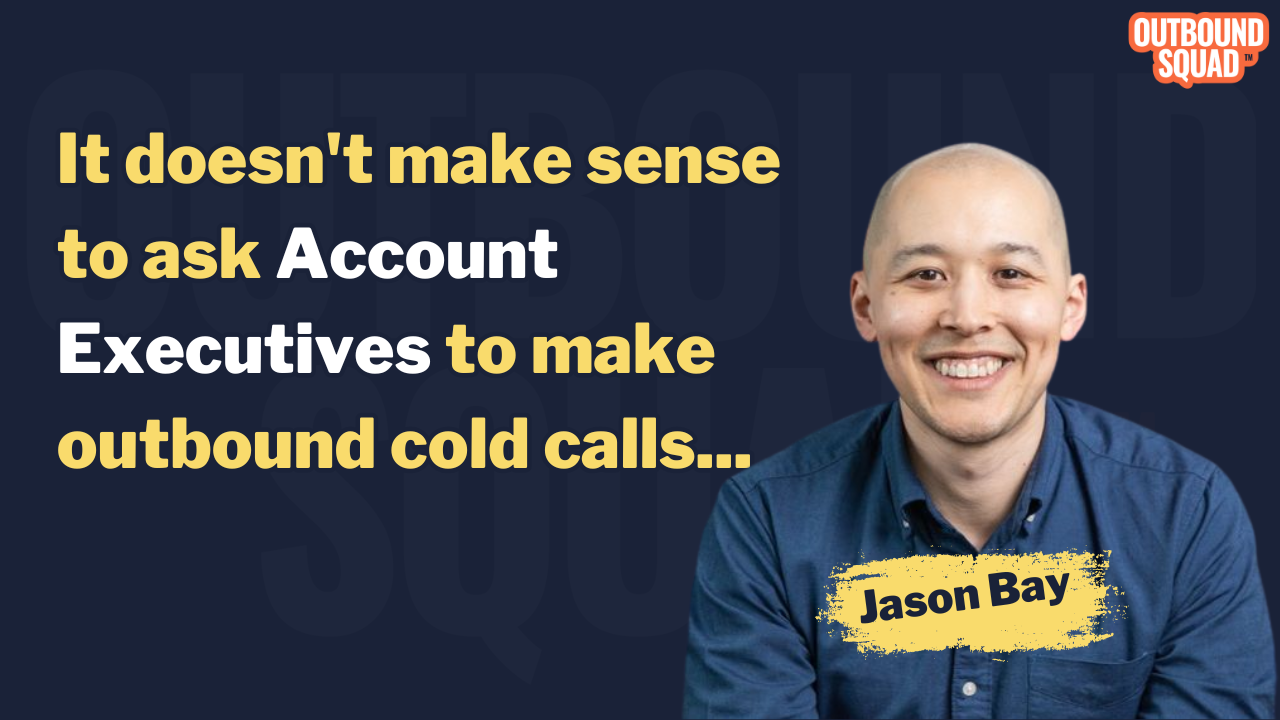
19 negotiating "gives" that DON'T involve Discounting and Lowering total contract value
19 negotiating "gives" that DON'T involve:
1) Discounting
2) Lowering total contract value
Key strategy: Pre-determine “gives and gets”
Determine, as an organization, common things you'll give and ask for—in ADVANCE.
Doing this makes you less likely to say or commit to something that you’ll later regret.
And you won't see a big hit in your avg. deal sizes.
Buyers negotiate for three primary reasons:
💰 Budgeted Amounts:
The buyer has legitimate budget constraints. When the amount is within that budget, they have more control over purchases. When the amount exceeds their budget, processes and internal approvals are different.
This sounds like: “We have $75k budgeted for this project.”
⛔️ Procurement Policies:
The buyer has specific purchasing thresholds built into how all projects in the organization are measured. Layers of approval change based on ranges in pricing.
This sounds like: “Anything over $50k will need additional approval from our CFO and CEO.”
🤼♀️ Sport:
The buyer isn’t dealing with any constraints. They know that you and everyone else would love their business. They negotiate for sport.
Most of your buyers fit into this category.
Oftentimes, this sounds like the previous two categories, but can't be backed up by specific constraints:
Prospect: "I can get this done for $50k but not more".
Rep: “Okay, do you mind sharing why?”
Prospect: “Well…[proceeds to give B.S. answer]”.
=============
See the image for a list of negotiation “gives and gets” that can mean something to the buyer (but don’t require you to lower the contract value).

What's your favorite negotiating "give?" Let me know in the comments.
Want more?
I'm interviewing Jonathan Larson from Talkdesk live tomorrow on 30 Minutes to President's Club.
He hit 200%+ quota last year and is an absolute rockstar.
- Learn how he wins massive expansion deals
- Learn his negotiation approach
- Learn how he runs tight deals through his MAPs process
Register here: https://hubs.li/Q039wrfv0
Ready to chat?
.svg)
.svg)
.svg)
.png)


